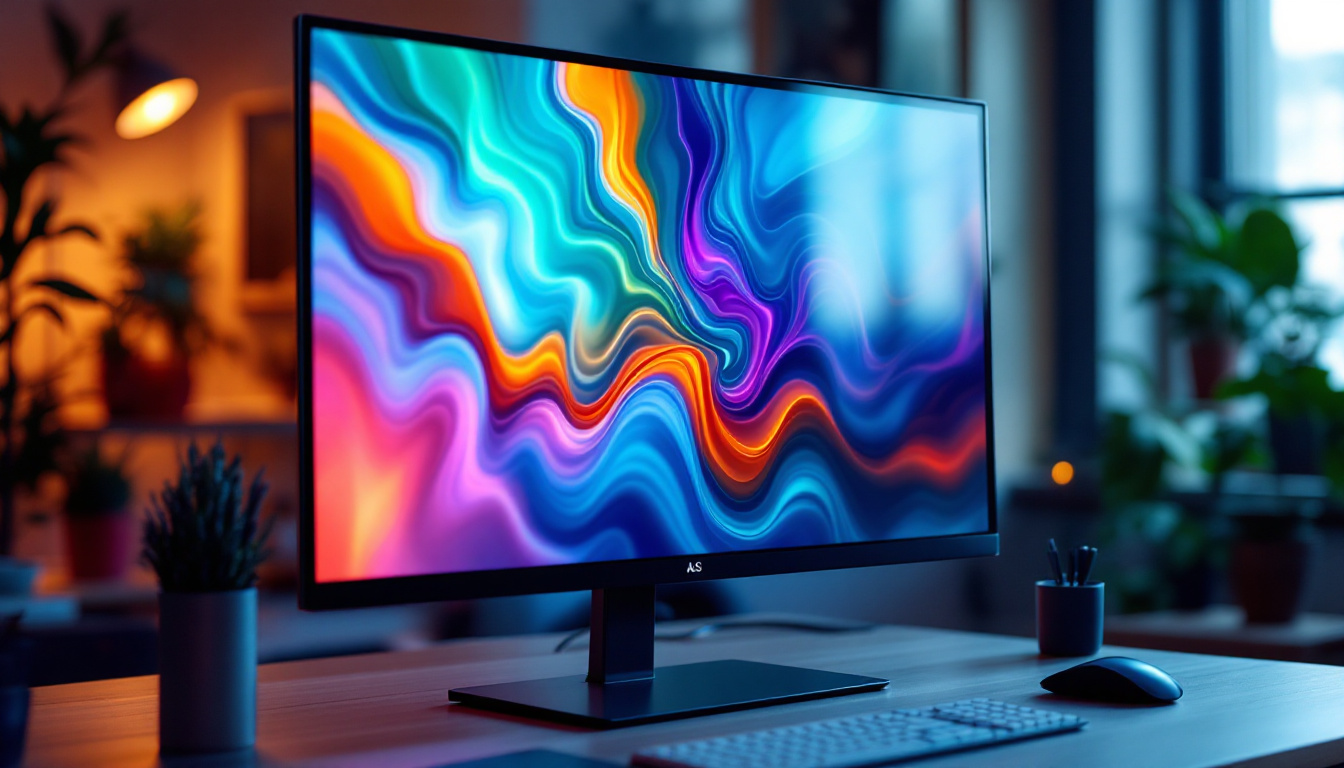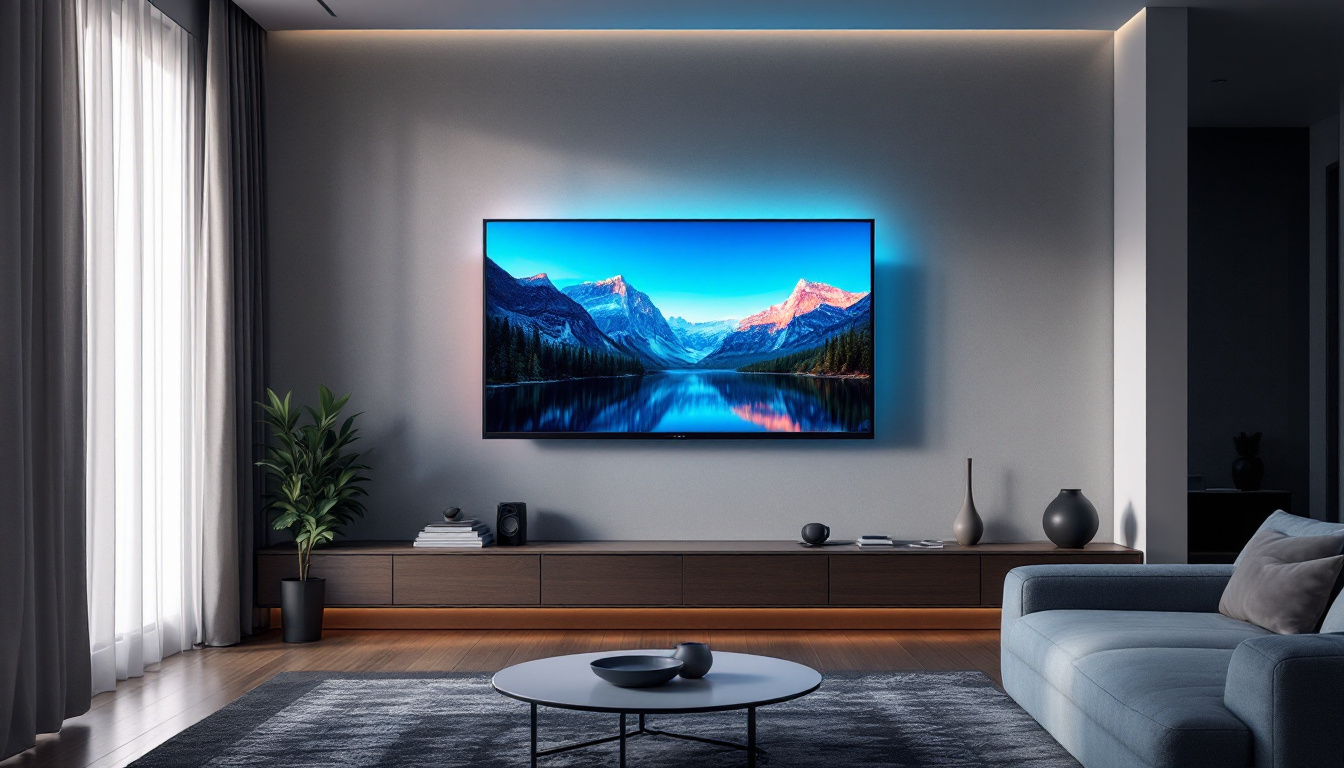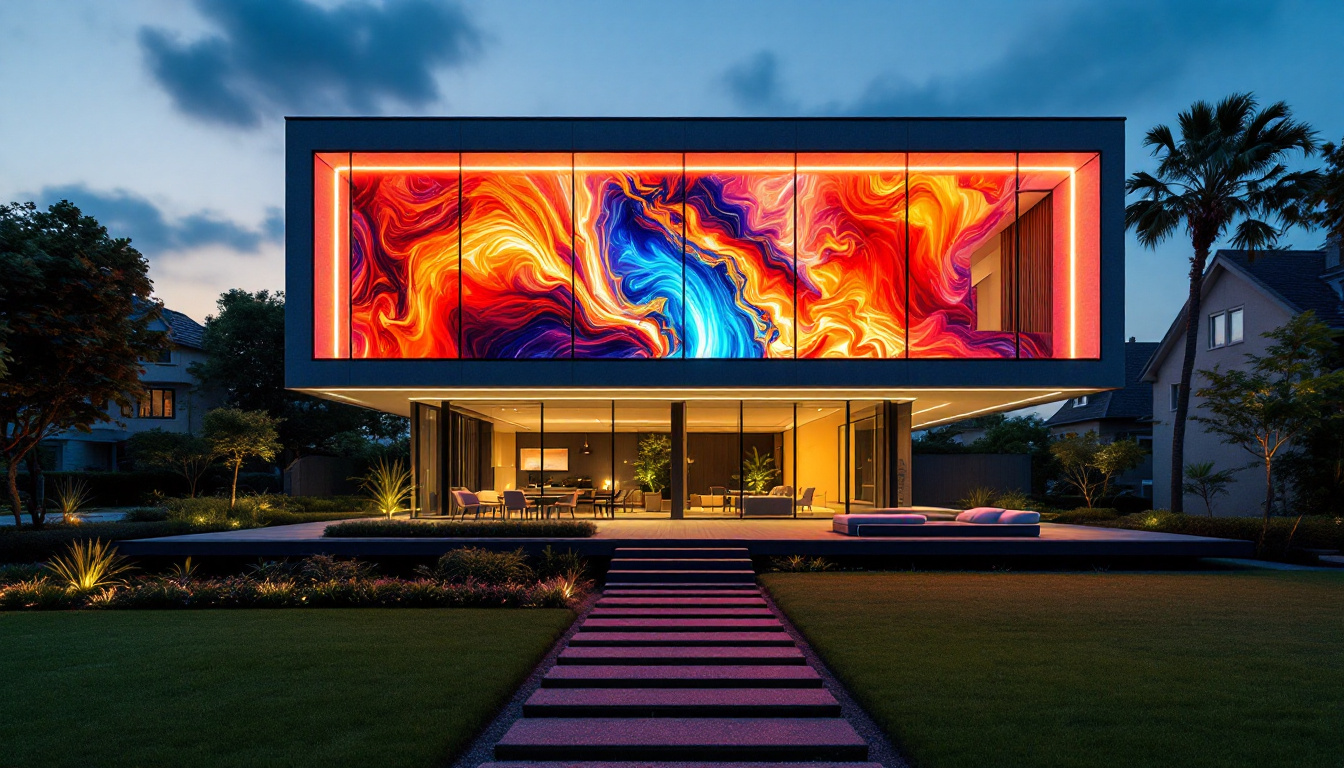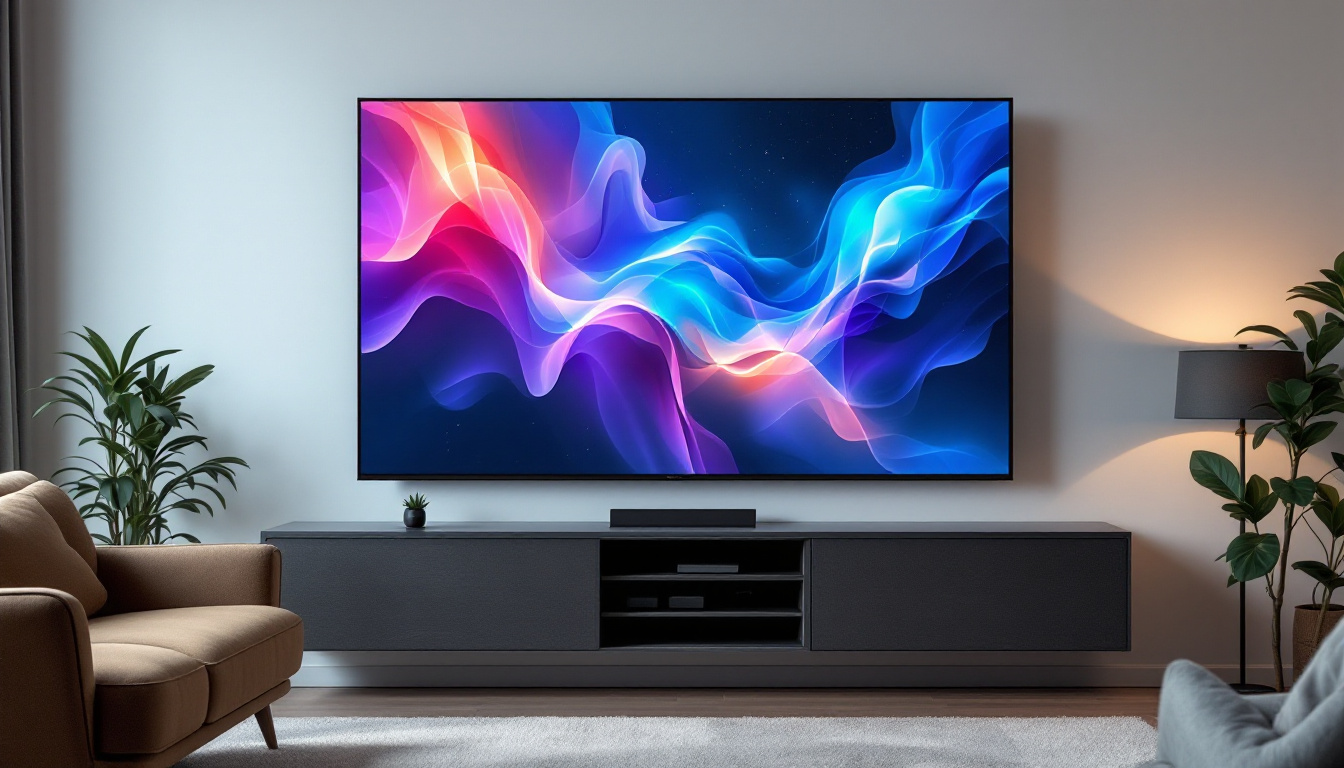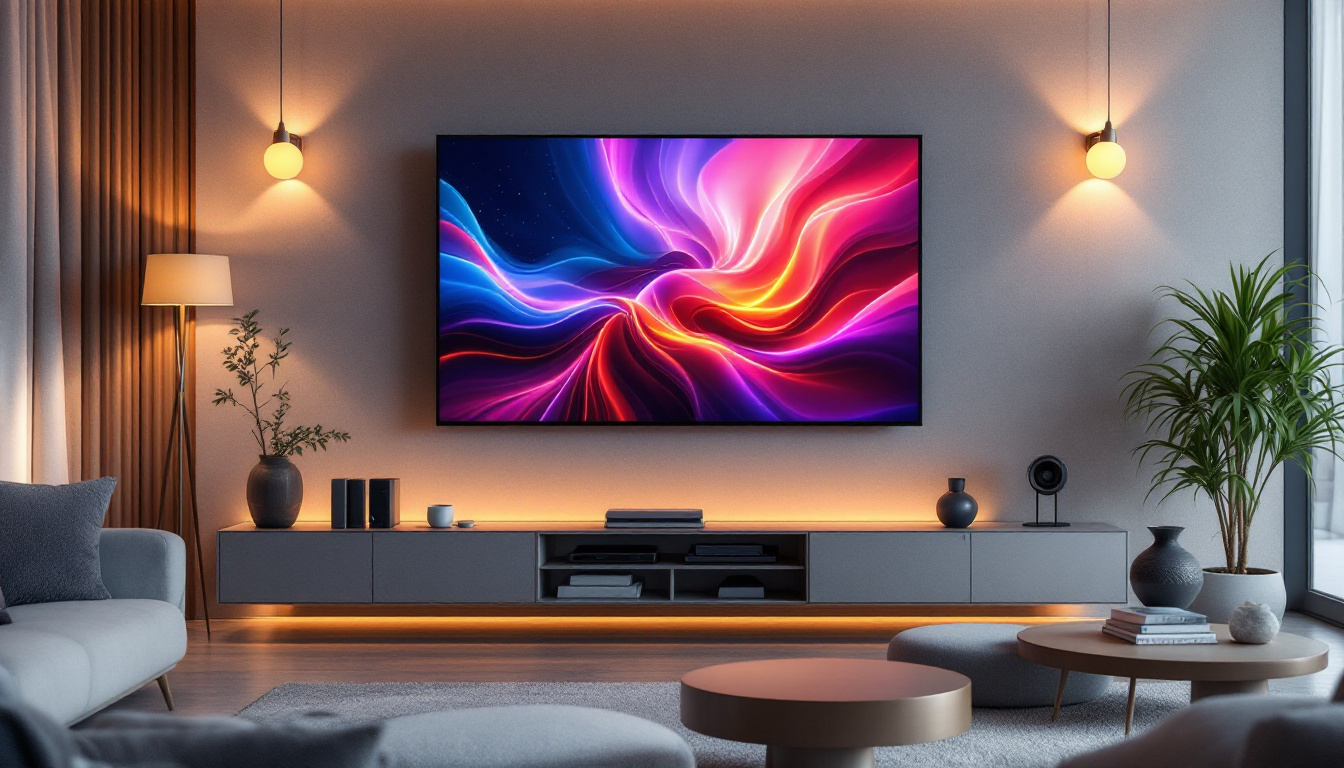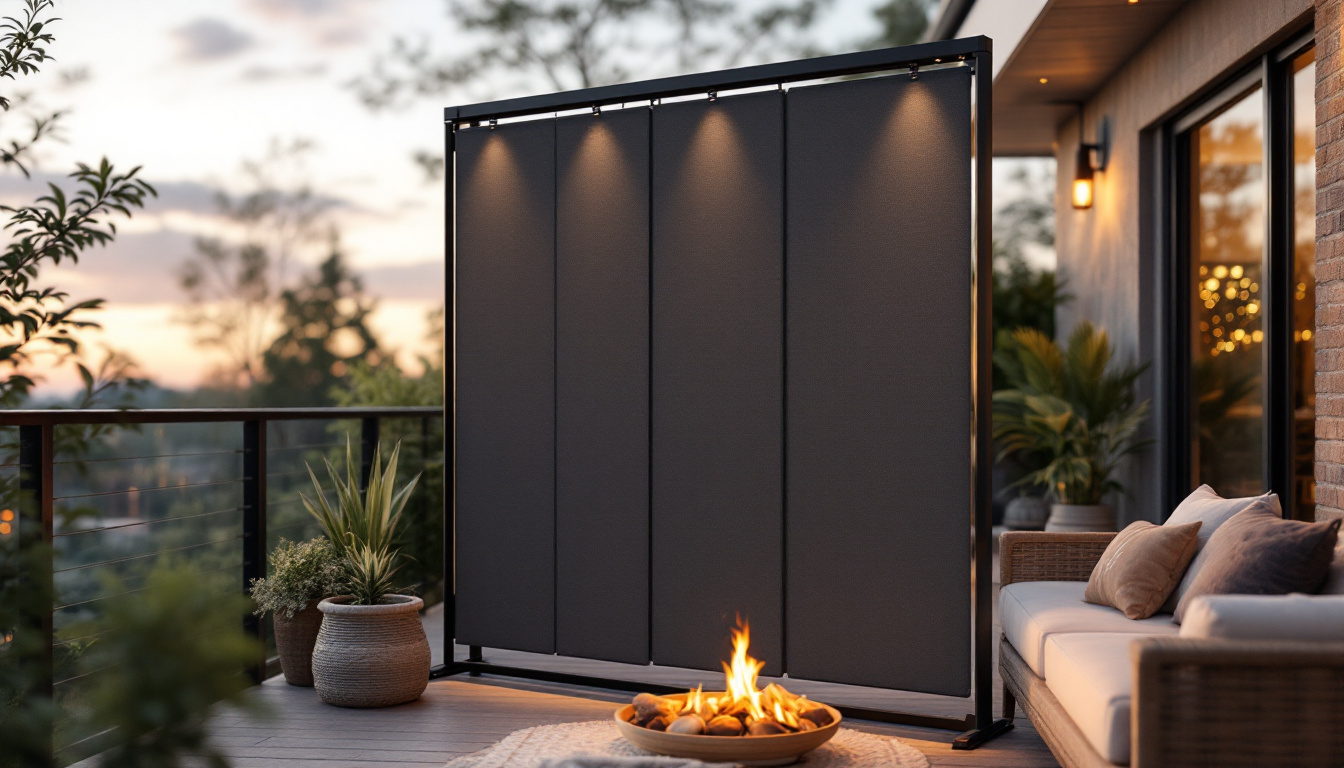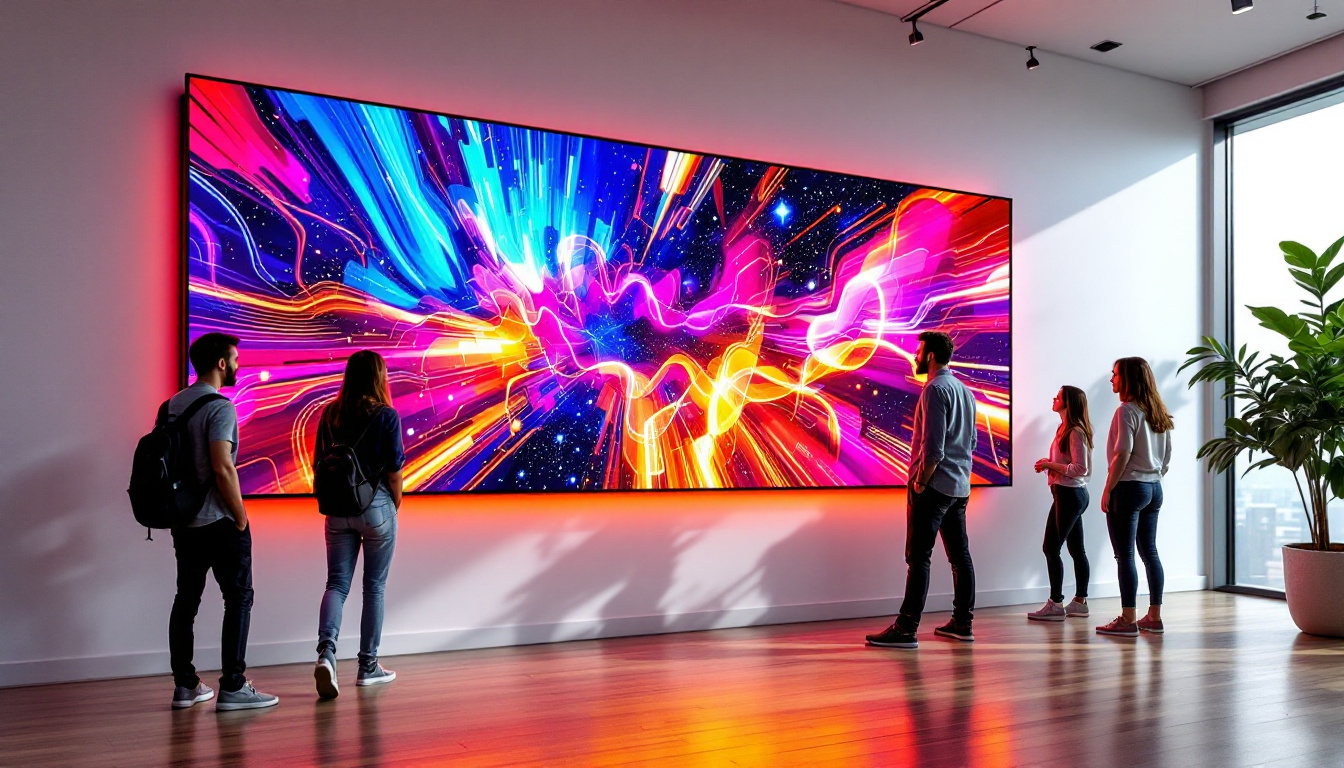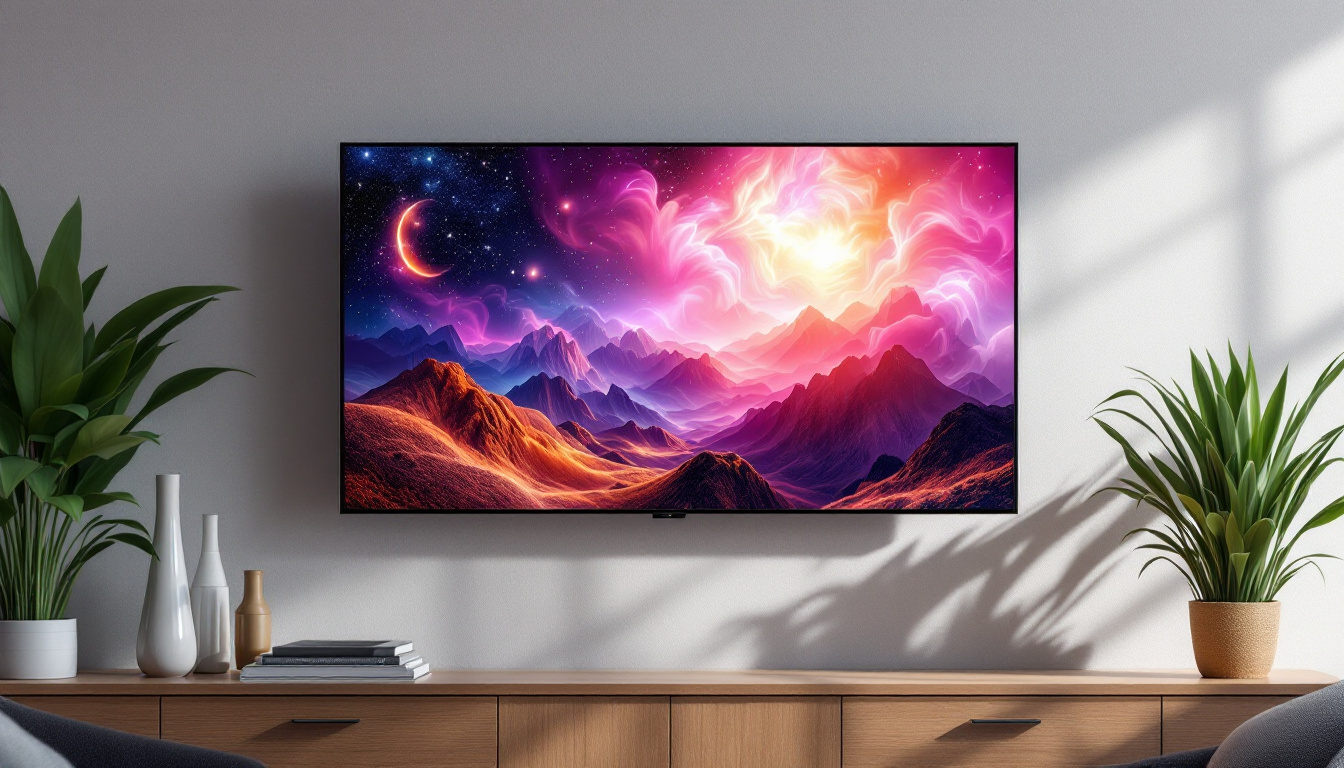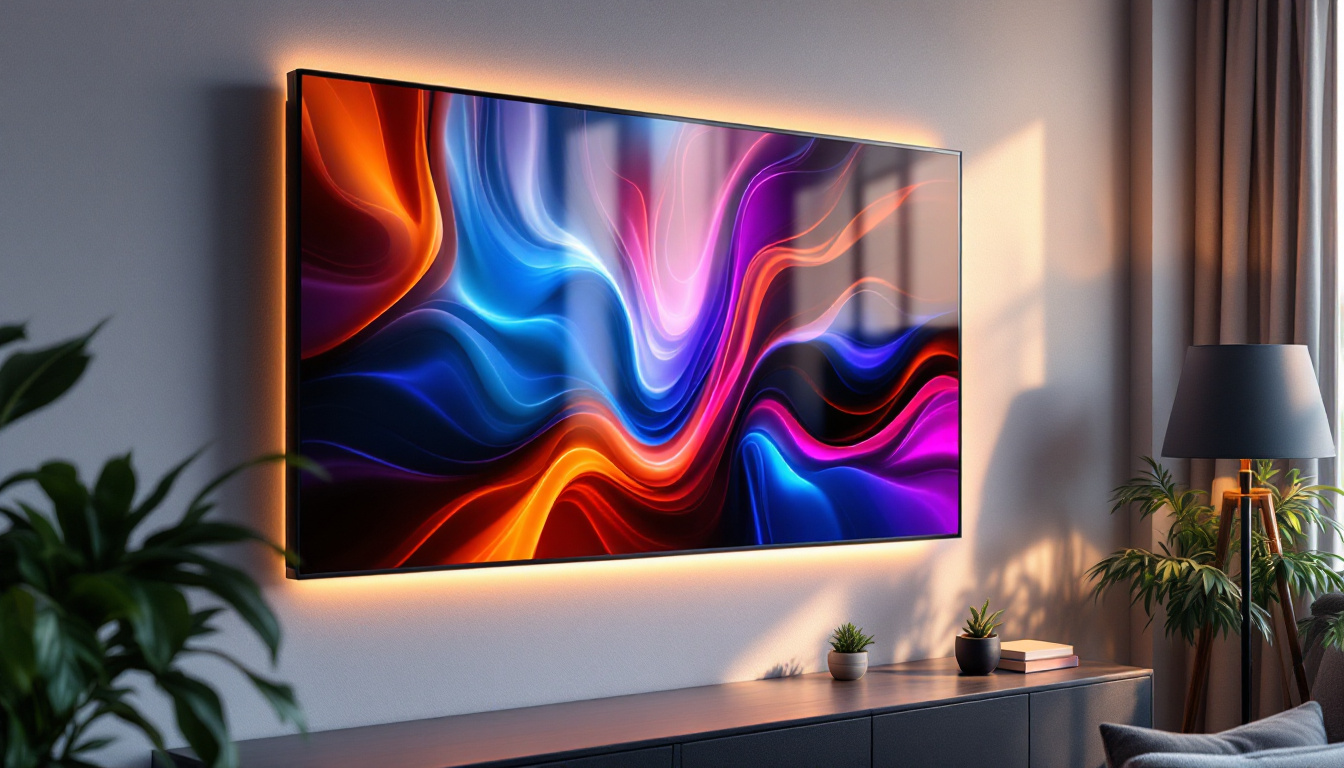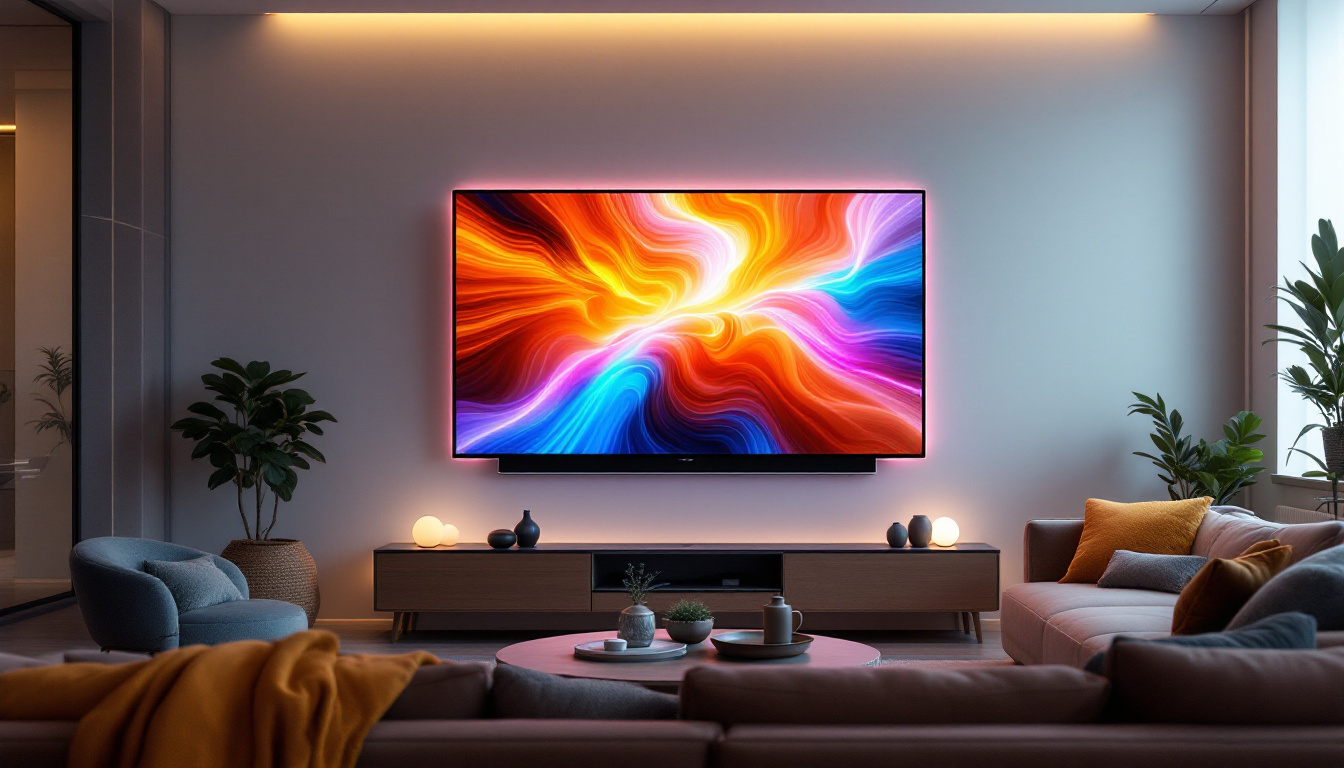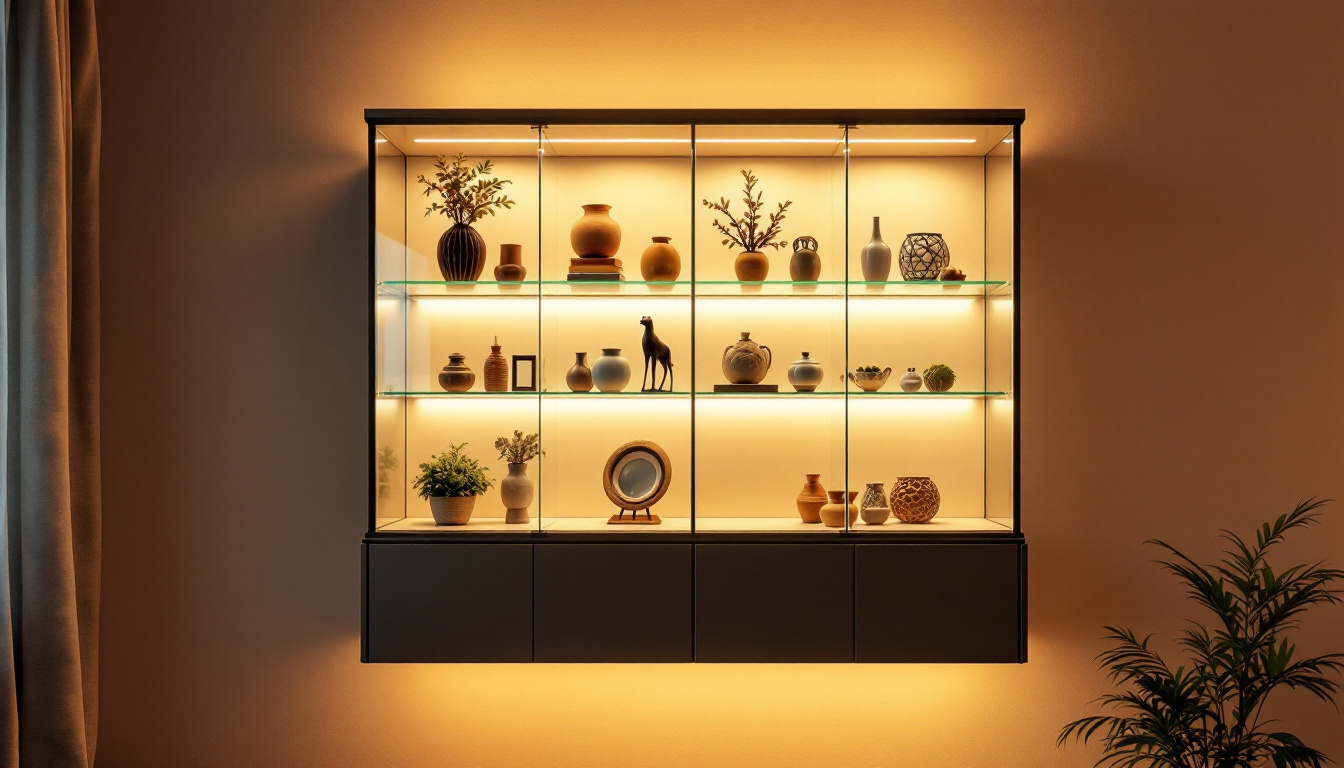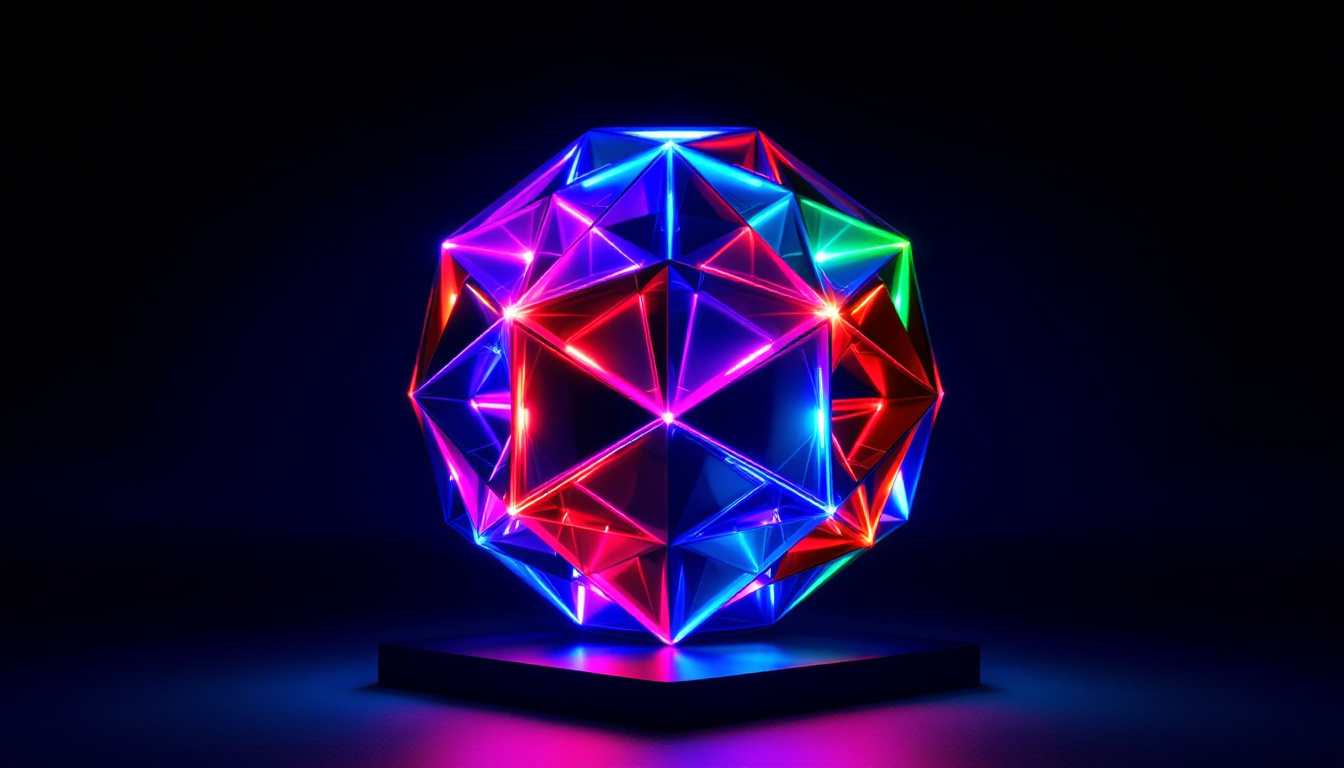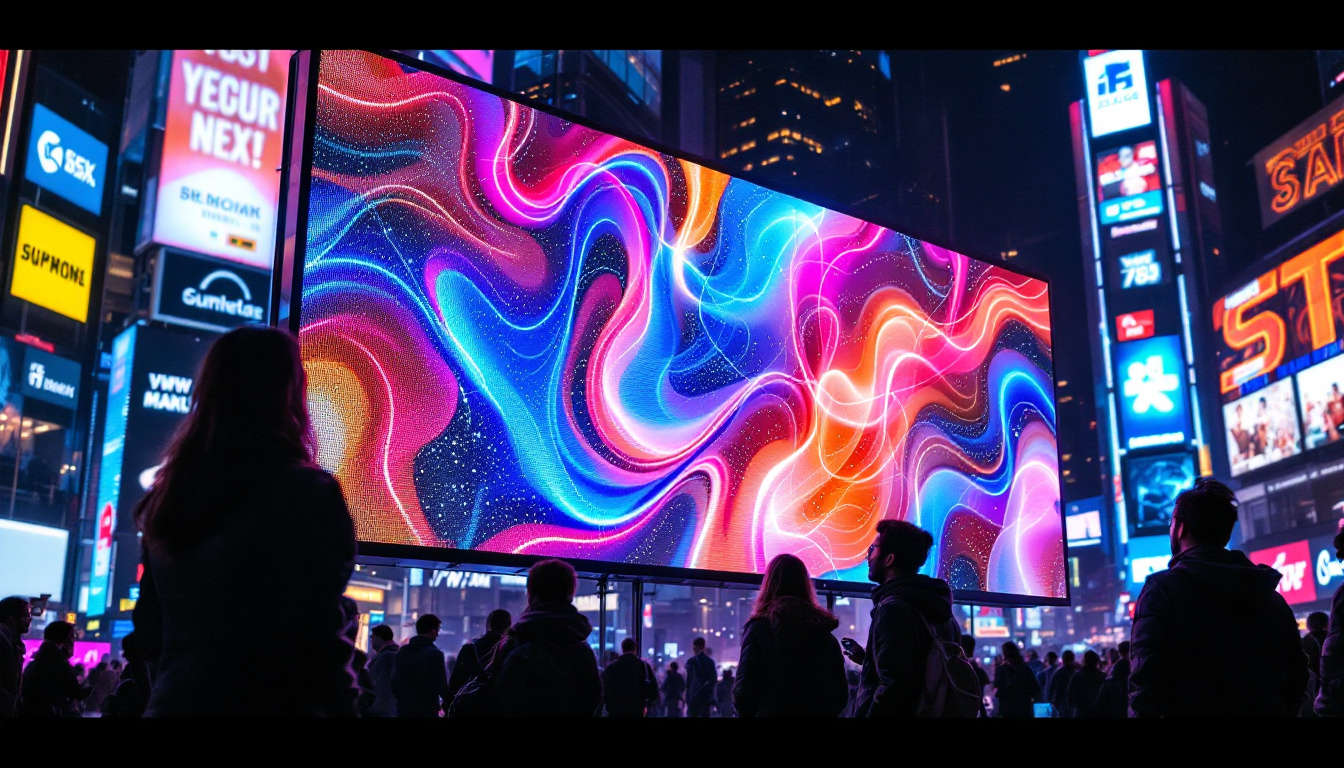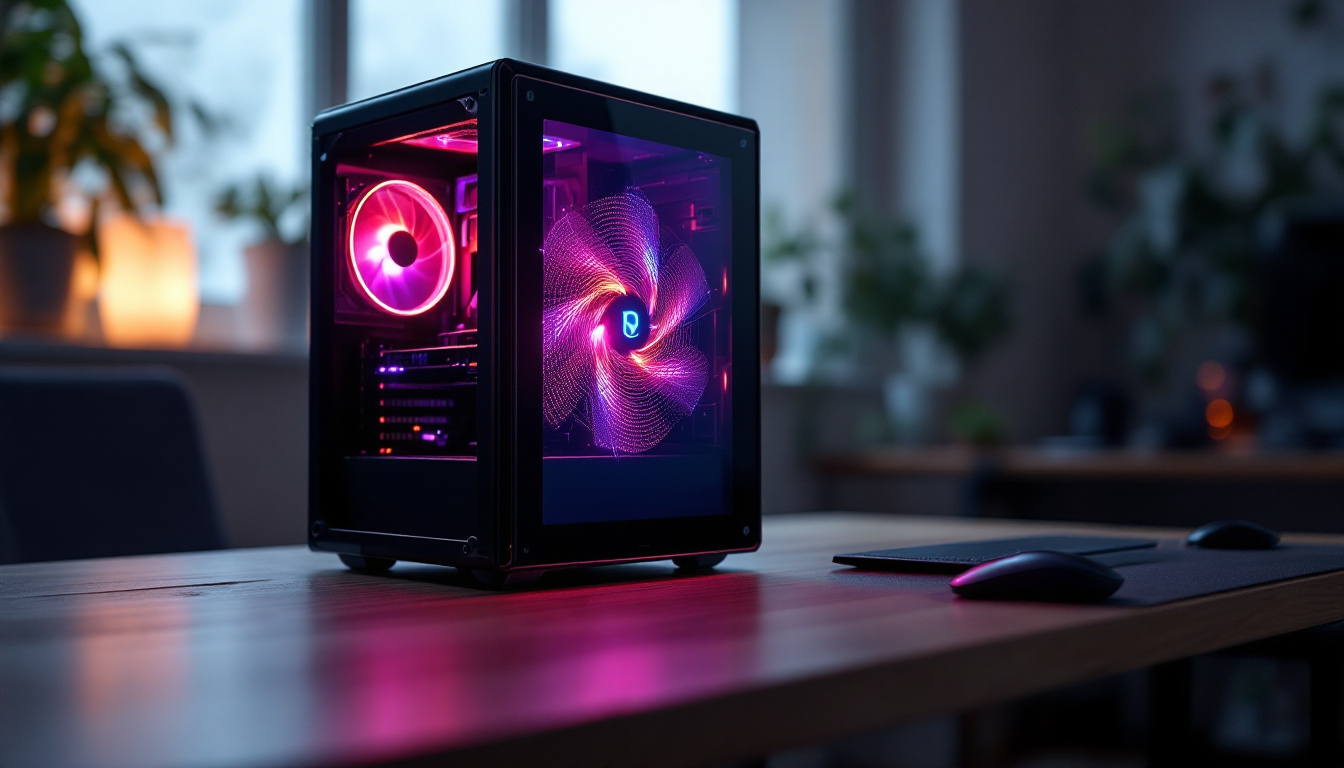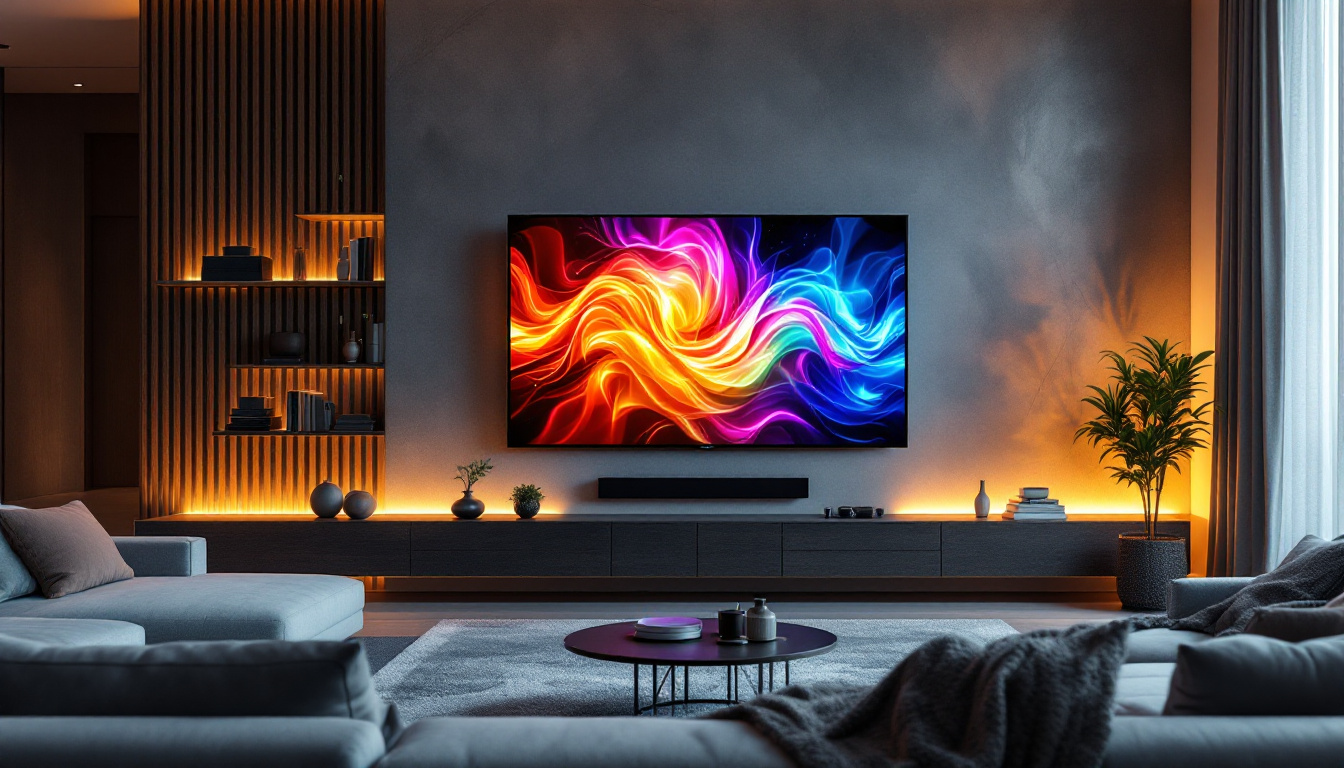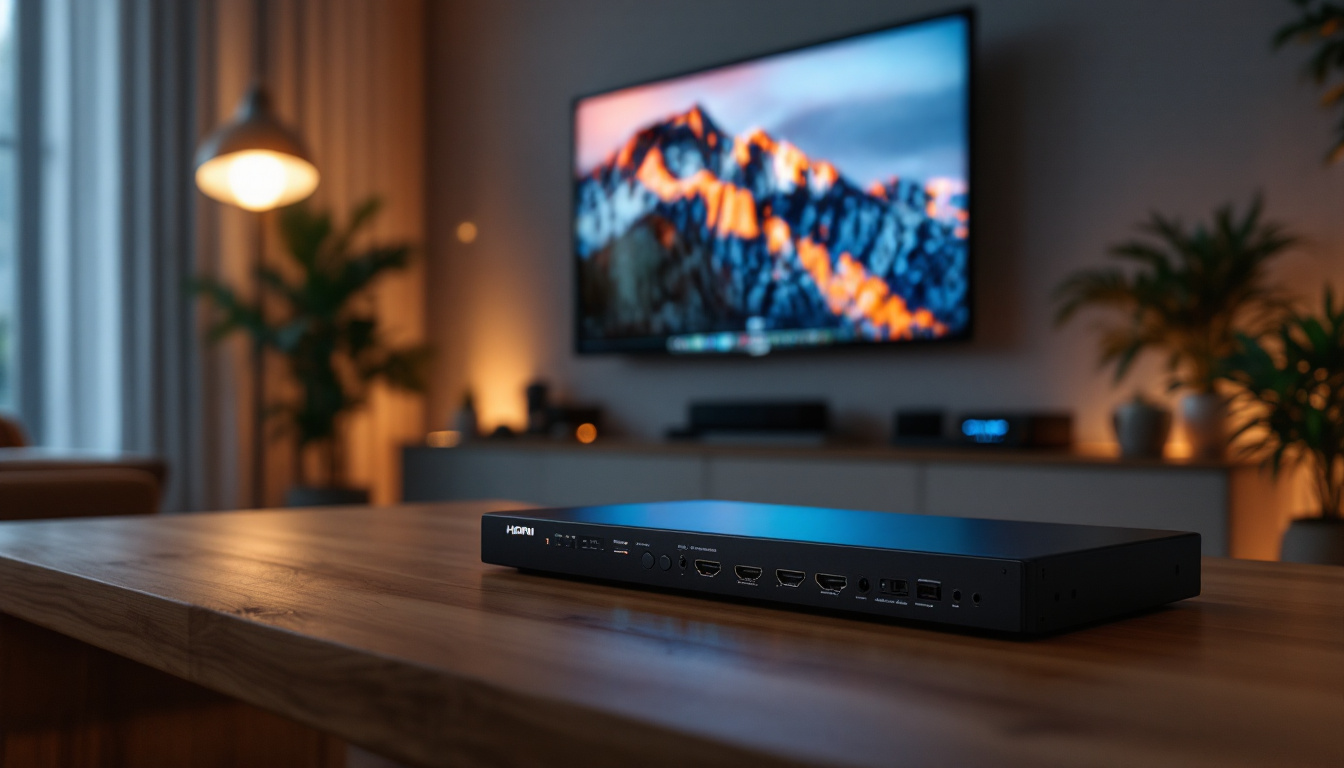In today’s fast-paced digital world, the demand for sleek and efficient technology has led to the rise of ultra-thin monitors. These devices not only enhance the aesthetic appeal of workspaces but also offer impressive performance features. This article delves into the intricacies of ultra-thin LED displays, exploring their technology, benefits, and considerations for potential buyers.
Understanding LED Technology
Light Emitting Diode (LED) technology has revolutionized the way we view images on screens. Unlike traditional LCD monitors that rely on fluorescent backlighting, LED monitors utilize tiny diodes that emit light when an electric current passes through them. This fundamental difference contributes to the slim profile of ultra-thin monitors, making them not only aesthetically pleasing but also more versatile in various settings, from home theaters to professional workspaces.
How LED Displays Work
LED displays function by using a matrix of diodes to create images. These diodes can be arranged in various configurations, including edge-lit and full-array backlighting. Edge-lit monitors feature LEDs positioned along the edges of the screen, while full-array monitors have a grid of LEDs behind the screen, providing more uniform brightness and better color accuracy. The precise arrangement of these diodes allows for advanced features such as local dimming, which enhances contrast by dimming specific areas of the screen while keeping others bright.
The ability to control each diode individually allows for deeper blacks and more vibrant colors, enhancing the overall viewing experience. This technology not only improves image quality but also contributes to the energy efficiency of the monitor, making it an attractive option for both consumers and businesses. Additionally, LED technology has a longer lifespan compared to traditional display technologies, reducing the frequency of replacements and the associated environmental impact.
Types of LED Displays
There are primarily two types of LED displays: OLED and QLED. OLED (Organic Light Emitting Diode) displays are known for their exceptional color accuracy and contrast ratios, as each pixel emits its own light. This means that OLED screens can achieve true black levels by turning off individual pixels entirely, resulting in an infinite contrast ratio. Conversely, QLED (Quantum Dot LED) displays use quantum dots to enhance color and brightness, providing a different approach to LED technology. QLEDs are particularly noted for their vibrant colors and high brightness levels, making them ideal for well-lit environments.
Both types have their advantages and disadvantages, and the choice between them often depends on the intended use of the monitor. For instance, gamers might prefer OLED for its fast response times, while professionals in graphic design may lean towards QLED for its superior color reproduction. Furthermore, the ongoing advancements in LED technology continue to blur the lines between these types, with hybrid models emerging that combine the best features of both OLED and QLED, offering consumers even more options tailored to their specific needs and preferences. As the market evolves, staying informed about these developments can help users make the best choice for their viewing experiences.
Benefits of Ultra-Thin Monitors
Ultra-thin monitors have gained popularity for a variety of reasons. Their sleek design not only saves space but also complements modern office aesthetics. However, the advantages extend beyond just looks. Here are some key benefits:
Space Efficiency
One of the most significant advantages of ultra-thin monitors is their space-saving design. In environments where desk space is limited, such as small offices or home workstations, these monitors can be a game-changer. They can easily fit into tight spaces without compromising on screen size or functionality.
Moreover, their lightweight construction makes them easy to mount on walls or attach to monitor arms, further enhancing flexibility in workspace arrangements. This adaptability allows users to create a more organized and efficient work environment. For instance, a dual-monitor setup can be achieved without overwhelming the desk, allowing for multitasking without clutter. This is particularly beneficial for professionals who need to reference multiple documents or applications simultaneously, streamlining workflows and boosting productivity.
Improved Aesthetics
The sleek design of ultra-thin monitors adds a touch of modernity to any workspace. Many models feature minimal bezels and elegant finishes that can enhance the overall look of an office or home setup. This aesthetic appeal can be particularly important in professional settings where first impressions matter.
Furthermore, the ability to customize monitor setups with multiple screens can create a visually striking display that not only looks good but also enhances productivity. The combination of functionality and style makes ultra-thin monitors a preferred choice for many users. In creative industries, for example, the visual clarity and design of these monitors can significantly impact the work produced, allowing designers and artists to showcase their projects in the best possible light. The seamless integration of these monitors into any decor can also inspire creativity and innovation in the workspace.
Energy Efficiency
Ultra-thin LED monitors are generally more energy-efficient than their bulkier counterparts. The LED technology used in these displays consumes less power, which can lead to significant savings on electricity bills over time. This energy efficiency is not only beneficial for individual users but also for businesses looking to reduce operational costs.
Additionally, many manufacturers are now focusing on sustainable practices, producing monitors with recyclable materials and energy-efficient components. This commitment to sustainability aligns with the growing consumer demand for environmentally friendly products. As companies strive to meet corporate social responsibility goals, opting for ultra-thin monitors can contribute to a greener office environment. Furthermore, the longevity of these monitors often means fewer replacements, reducing electronic waste and promoting a more sustainable approach to technology consumption.
Considerations Before Purchasing
While ultra-thin monitors offer numerous benefits, there are several factors to consider before making a purchase. Understanding these considerations can help users select the right monitor for their needs.
Screen Size and Resolution
When choosing an ultra-thin monitor, screen size and resolution are critical factors. Larger screens provide a more immersive experience, especially for gaming or multimedia consumption. However, users should ensure that their workspace can accommodate the size of the monitor.
Resolution is equally important. Higher resolutions, such as 4K or even 8K, offer sharper images and greater detail, making them ideal for tasks that require precision, such as graphic design or video editing. Users should evaluate their specific needs to determine the best combination of size and resolution.
Connectivity Options
Connectivity is another essential consideration. Ultra-thin monitors often come equipped with various ports, including HDMI, DisplayPort, and USB-C. Users should ensure that their devices are compatible with the monitor’s connectivity options to avoid any inconvenience.
Furthermore, some monitors offer features like daisy chaining, which allows multiple monitors to be connected using a single cable. This can be particularly useful for users who require a multi-monitor setup for enhanced productivity.
Refresh Rate and Response Time
For gamers and those who engage in fast-paced activities, refresh rate and response time are crucial specifications. A higher refresh rate, typically measured in hertz (Hz), results in smoother motion on the screen, reducing motion blur during fast action sequences.
Response time, measured in milliseconds (ms), indicates how quickly a pixel can change from one color to another. Lower response times are preferable for gaming, as they minimize ghosting effects. Users should consider these specifications based on their intended use to ensure an optimal experience.
Popular Ultra-Thin Monitor Models
The market for ultra-thin monitors is diverse, with various models catering to different needs and preferences. Here are a few popular options that exemplify the best in ultra-thin LED technology:
Model A: The All-Rounder
This model features a 27-inch display with a 4K resolution, making it suitable for both professional and casual use. With an ultra-slim profile and minimal bezels, it provides an immersive viewing experience without taking up much space. Additionally, it offers multiple connectivity options, including HDMI and USB-C, ensuring compatibility with various devices.
Its energy-efficient design and built-in speakers further enhance its appeal, making it a versatile choice for users seeking a balance between performance and aesthetics.
Model B: The Gamer’s Choice
Designed specifically for gaming enthusiasts, this ultra-thin monitor boasts a 144Hz refresh rate and a 1ms response time. The 27-inch display features vibrant colors and deep blacks, thanks to its advanced LED technology. Its sleek design includes customizable RGB lighting, adding a personal touch to any gaming setup.
With multiple gaming modes and adaptive sync technology, this monitor ensures a smooth gaming experience, making it a top choice for competitive gamers.
Model C: The Designer’s Dream
This ultra-thin monitor is tailored for graphic designers and creative professionals. With a 32-inch 4K display and exceptional color accuracy, it allows for precise editing and design work. The monitor supports HDR content, providing a wider color gamut and improved contrast.
Its ergonomic design includes height and tilt adjustments, ensuring comfort during long working hours. With a range of connectivity options, including Thunderbolt 3, this model is perfect for professionals who require high-performance displays.
Conclusion
Ultra-thin LED monitors represent a significant advancement in display technology, combining sleek design with exceptional performance. Their space-saving attributes, energy efficiency, and aesthetic appeal make them an ideal choice for a variety of users, from casual consumers to professionals in creative fields.
However, potential buyers should carefully consider factors such as screen size, resolution, connectivity options, and refresh rates to ensure they select the monitor that best meets their needs. With the right choice, an ultra-thin monitor can enhance productivity, improve the visual experience, and elevate any workspace.
As technology continues to evolve, ultra-thin monitors will likely become even more advanced, offering new features and capabilities that cater to the ever-changing demands of users. Investing in an ultra-thin LED display today means embracing the future of visual technology.
Discover LumenMatrix’s Advanced LED Displays
Ready to elevate your visual experience with the latest in ultra-thin LED technology? LumenMatrix offers a comprehensive range of innovative LED display solutions tailored to meet your unique needs. Whether you’re looking to enhance your workspace, captivate an audience, or showcase your brand with unparalleled clarity, our Indoor and Outdoor LED Wall Displays, Vehicle LED Displays, and more are designed to create truly immersive experiences. Check out LumenMatrix LED Display Solutions today and step into the future of visual communication.

